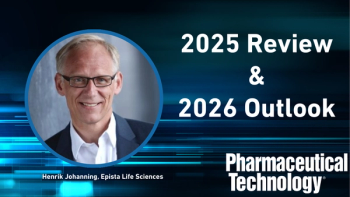
BioReliance Updates Big Blue Mouse Assay Service
BioReliance updates Big Blue Mouse Assay service to meet OECD test requirements.
SPOTLIGHT EVENT
RELATED ARTICLES
BioReliance
, SAFC’s biologics and early-development services business, has qualified the Big Blue Mouse Transgenic Rodent Mutation (TRM) assay to meet the new Organization for Economic Co-Operation and Development (OECD) Test Guideline 488 requirements for evaluation of
in vivo
mutagenicity.
Big Blue is identified in OECD Test Guideline 488 and recommended by the European Chemicals Agency as an accepted assay for evaluating mutagenicity in somatic and male germ cell tissues.
BioReliance acquired the exclusive ownership of the Big Blue TRM assay and rodents from Agilent in March 2013.
Source:
Newsletter
Get the essential updates shaping the future of pharma manufacturing and compliance—subscribe today to Pharmaceutical Technology and never miss a breakthrough.




